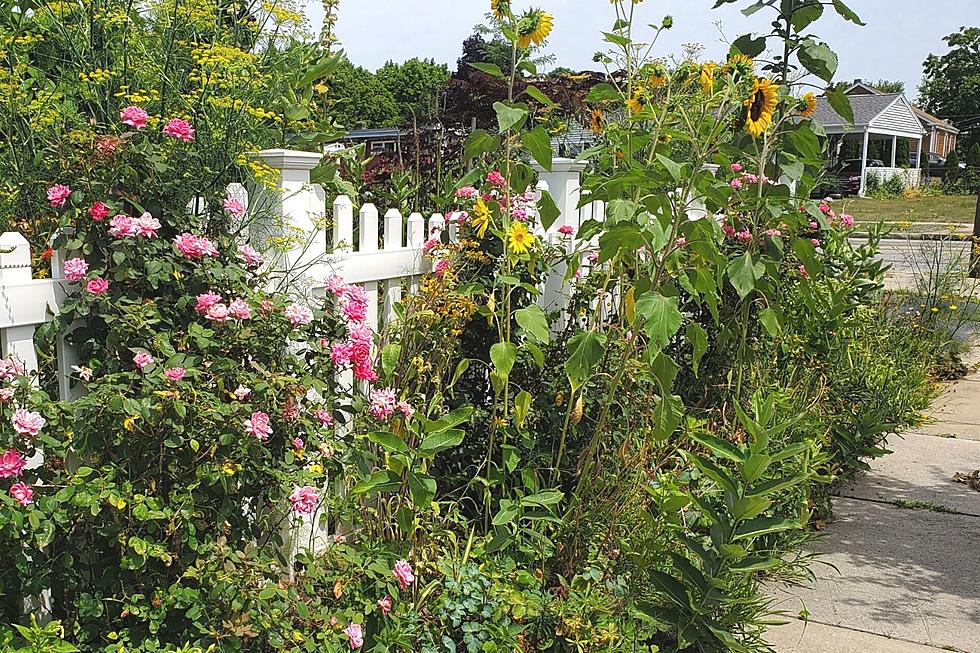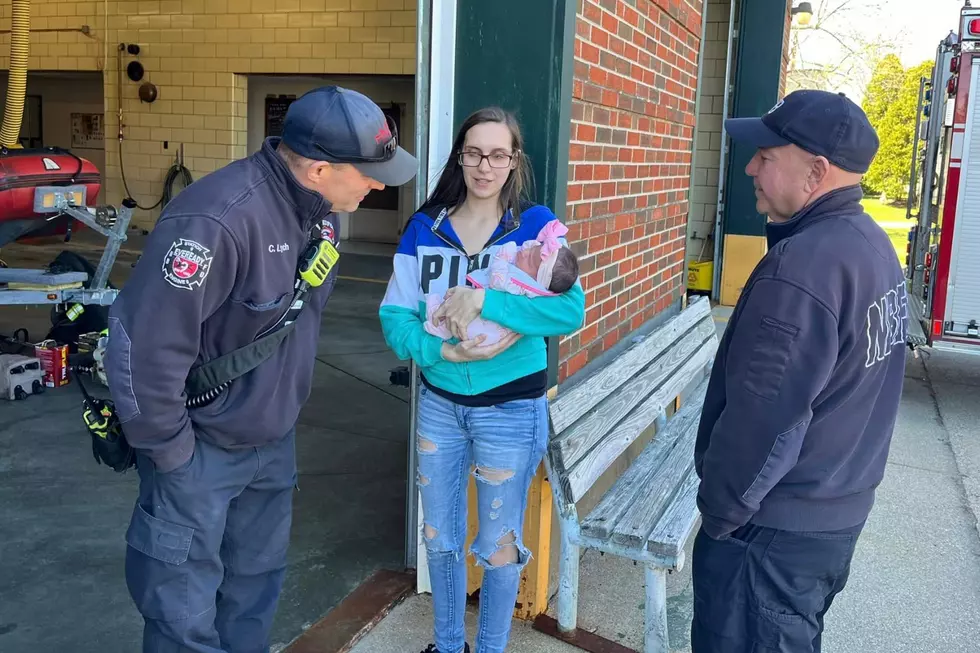
Before Judging Someone’s Yard, Be Sure It’s Not a Certified Wildlife Habitat
On my way to an appointment in New Bedford, I drove past a house that, at a glance, I assumed wasn't being taken care of. Everything appeared overgrown with tons of wildflower flowers exploding through the picket fence. I wondered if anyone would mind if I picked one since there were so many.
But after parking and walking past it on my way to my destination, I noticed a sign on the fence that explained that the look of this garden was very intentional.
This home's owners are clearly stewards of the earth and have let their yard become a certified wildlife habitat. The sign in the front was one of three in the front yard stating that "This property is recognized for its commitment to sustainably provide the essential elements of wildlife habitat."
According to the National Wildlife Federation, which is behind the Certified Wildlife Habitat program, a wildlife habitat garden is "a haven for local birds, butterflies, and other wildlife. ... Creating a wildlife habitat garden to attract birds, butterflies, and other neighborhood wildlife is fun, rewarding, and makes a big difference."
The habitats should include food (native plants); water for bathing, breeding, and drinking; cover for shelter from predators or bad weather; places to raise young with access to safe breeding areas and food; and lastly, sustainable practices to help you maintain your garden in natural ways so it stays healthy for all the critters.
With all of us spending more time at home these days, maybe it's time to look around your yard and see what little spaces wildlife are enjoying the most. Those same spaces can become certified habitats next spring and be part of the larger effort to protect bees, birds, butterflies, and amphibians.
And next time you pass by a house and assume no one is caring for it, maybe look a little bit closer and see how many critters call that place home.

More From WFHN-FM/FUN 107









